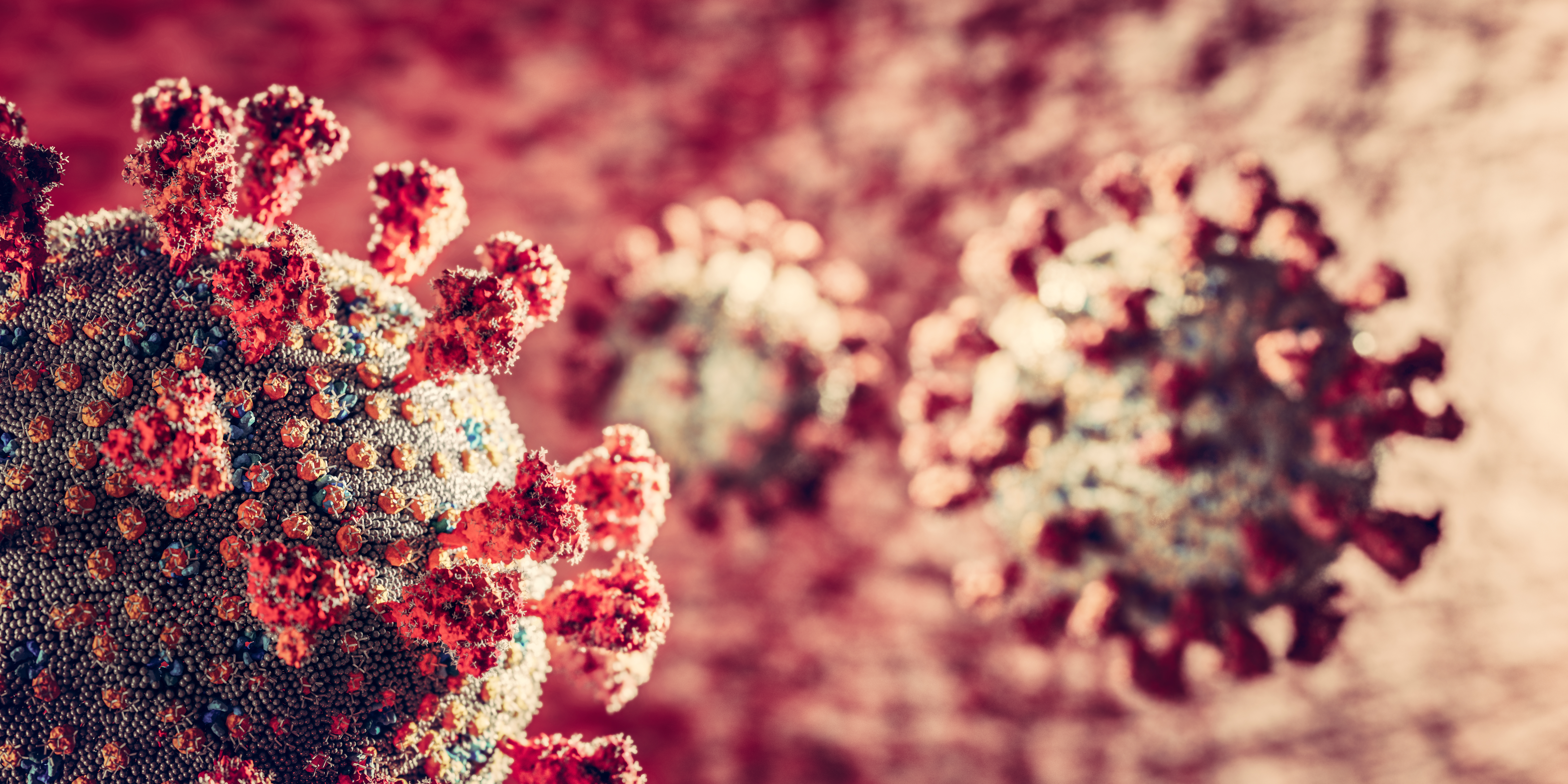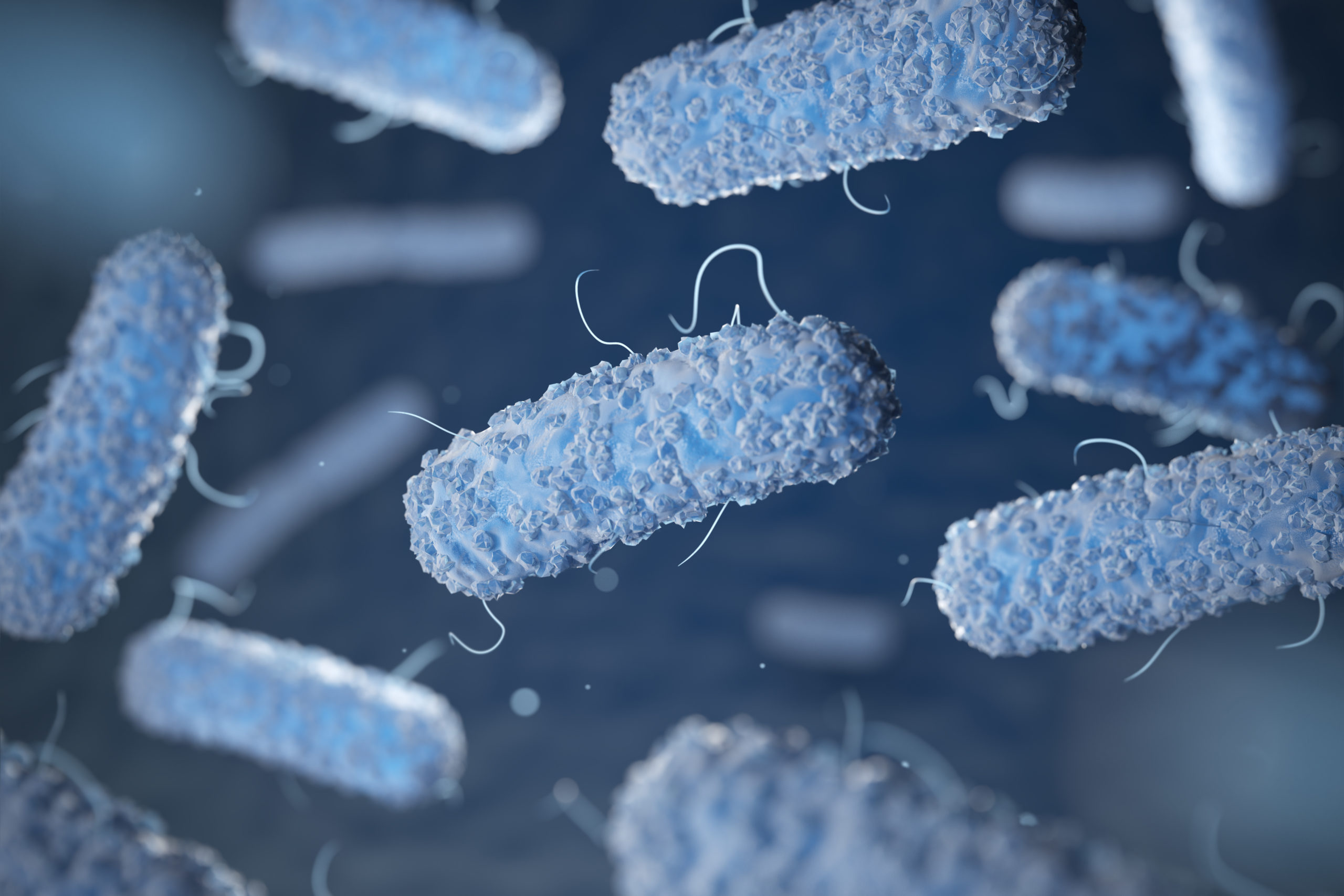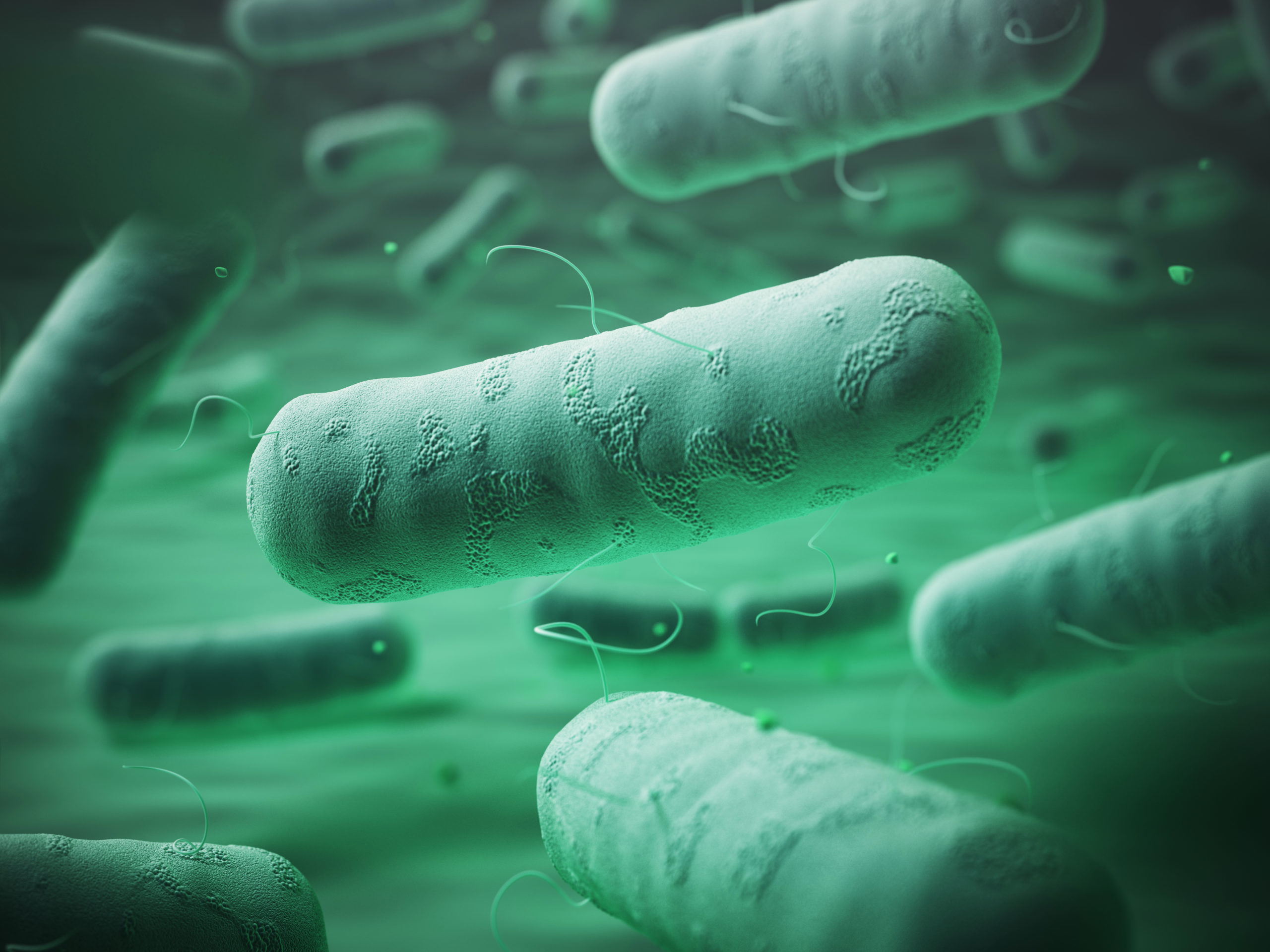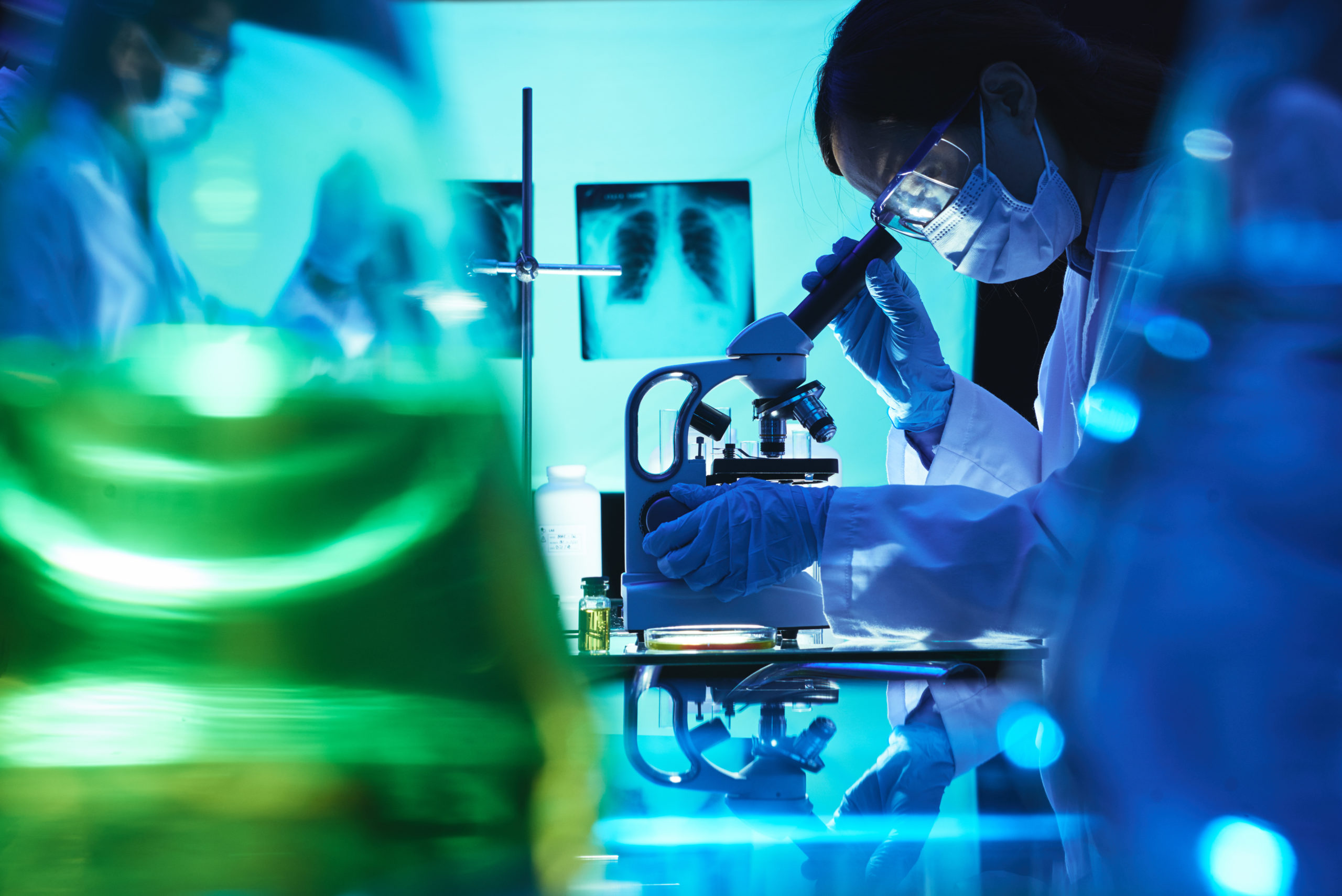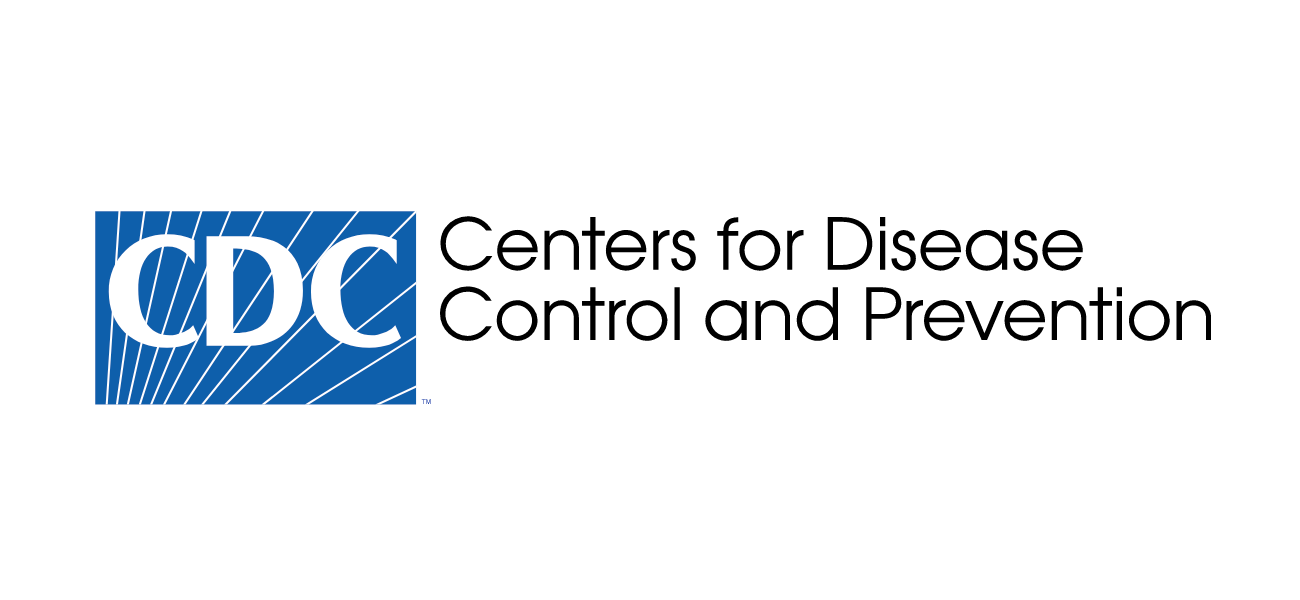
A new report by the Centers for Disease Control and Prevention (CDC) shows that cases of Legionnaires’ disease have been increasing since 2003. Incidence of the disease remained stable from 1992 to 2002, with an average of 1,221 reported cases each year. The average number of cases dramatically increased between 2003 to 2018 to 4,369 reported cases each year. The East North Central, Middle Atlantic, and New England regions were most affected by the increase in cases. Additionally, the highest incidence was in Black or African American persons. Increasing racial disparities, geographic focus, and seasonality were most associated with the…
